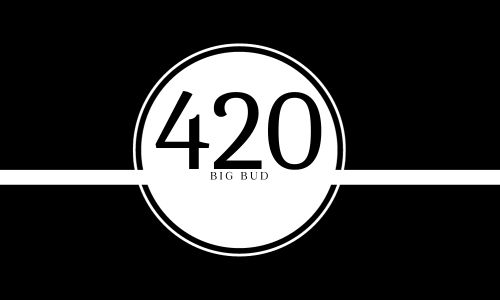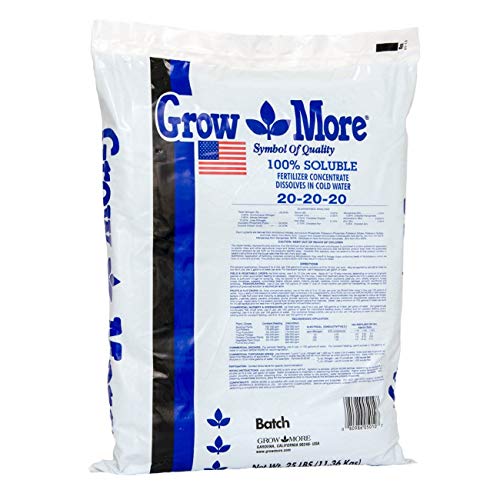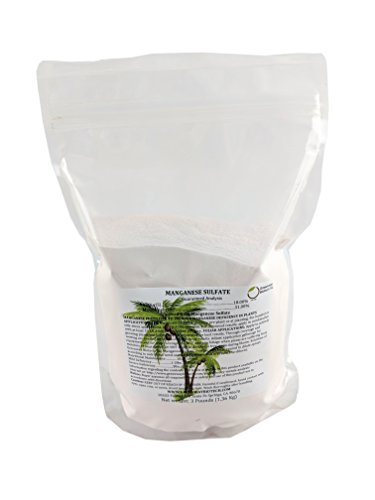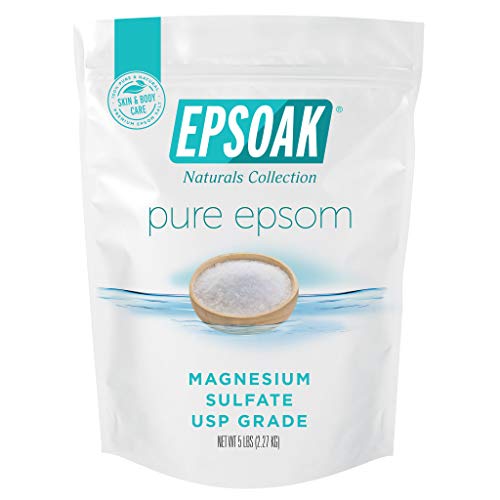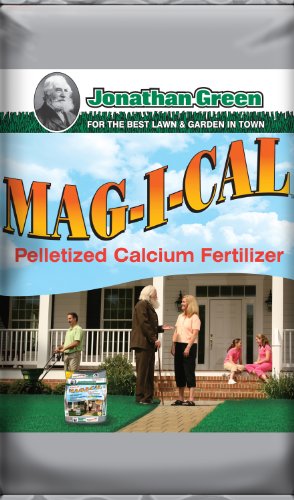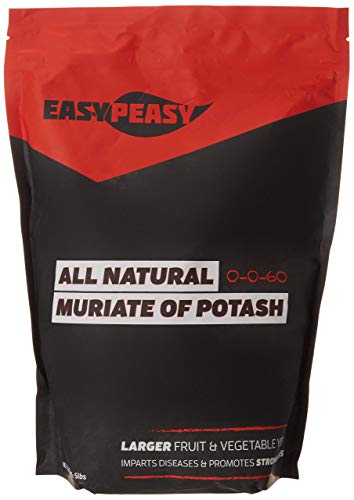Nutrient Deficiency: How to cure Nutrient Deficiency on cannabis plants
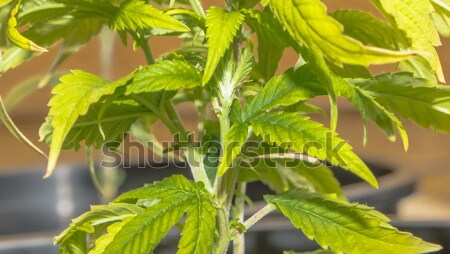 What is a nutrient deficiency?
What is a nutrient deficiency?
In general, different symptoms describe the extent of nutrient deficiency in plants although there are some common symptoms that are associated with more than one deficiencies in the plants. Each nutrient performs its role in the process of growing whereas the deficiency symptoms are grouped in 5 classes according to their effects on the plant’s growth that is stunted plant growth, Chlorosis, Interveinal Chlorosis, Leaf discoloring, and Necrosis.
What causes major nutrients deficiency?
Imbalances in the movement and supplies of the nutrients to different parts of the plants cause stunting whereas chlorosis and interveinal chlorosis appear when the plant nutrients needed to perform the photosynthetic activity are deficient in the demanded place. Chlorosis in plants turns leaves a light green to yellow with white and yellow spots on plant foliage. Interveinal chlorosis occurs when plants are deficient in Boron, Ferrous, Magnesium, Manganese, Nickel, and Zinc.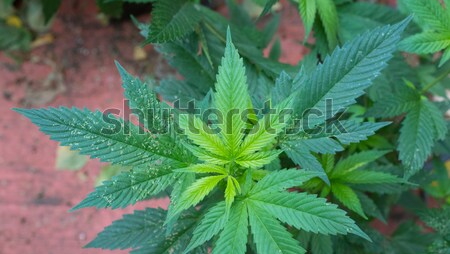 Purple-reddish coloration in plant leaves and sometimes in the stem may occur due to the accumulation of the pigment anthocyanin due to stress or disrupted functions while the same symptoms may appear at the time of maturity and weather change that is hard to differentiate. Necrosis generally transpires in later phases of a deficiency and causes the plants to turn brown and ultimately die. Since a sum of nutrient deficiencies yield similar signs and symptoms, a detailed evaluation of symptoms related to exact leaf shapes or positions on the plant will be discussed later in the article regarding Symptoms, causes, prevention, and remedy for each deficiency meanwhile let’s see the best possible solutions to overcome some common deficiencies in the plants;
Purple-reddish coloration in plant leaves and sometimes in the stem may occur due to the accumulation of the pigment anthocyanin due to stress or disrupted functions while the same symptoms may appear at the time of maturity and weather change that is hard to differentiate. Necrosis generally transpires in later phases of a deficiency and causes the plants to turn brown and ultimately die. Since a sum of nutrient deficiencies yield similar signs and symptoms, a detailed evaluation of symptoms related to exact leaf shapes or positions on the plant will be discussed later in the article regarding Symptoms, causes, prevention, and remedy for each deficiency meanwhile let’s see the best possible solutions to overcome some common deficiencies in the plants;
Best possible solutions correct nutrient deficiency on cannabis plants
#1 Grow More 16-8-24
Nitrogen is utilized in the production of proteins and chlorophyll. Symptoms of Nitrogen deficiency in plants are the stunted growth, slow growth, and chlorosis of lower leaves while in severe cases necrosis of older leaves is seen. There might be an early maturity and poor quality of the product along with yield lowering to a considerable level. Its initial signs appear on the tips of leaves that continue towards the leaf center to make a shape like “V”.
Another important nutrient is Phosphorus needed for the development of energy and sugars in the plants. Phosphorus deficiency in plants is typically more obvious in young plants compared to the mature plants and their stem and leaves turn dark green with the stunted look. Deficiency appears in the older leaves first that show purple discoloration.
Grow More 16-8-24 is an excellent product that can be used in the N and Phosphorus deficiency along with the Potassium deficiency in plants in the initial stages of growth.
The product is water-soluble and can be applied periodically by just adding 1 teaspoon in a gallon of water in the drench or simply watering your edible greens with this solution.
#2 Outrageous Bud Bro – Organic Canna Fertilizer
Outrageous Bud, Bro is a premium blend that addressing the Cannabis nutrient deficiency when the plant is in the transition stage before flowering. During this stage, cannabis needs a little amount of Phosphorus compared to Potash and Sulfur that help the plants to manage internal stress. This product is suitable for all edible greens in your garden due to organic content to make it a unique formula that stays in the soil for longer availability. The product contains Phosphorus 3%, Potash 11%, Calcium 11%, Sulfur 6%, Magnesium 2%, and Iron 0.9% respectively that focus on the Magnesium deficiency in plants as well. Its 1 pack is sufficient to make 34 gallons of fertilizer solution that can be used as a Drench or Fertilizer solution that can also be directly poured near the roots of the plants in the soil.
#3 Calcium Carbonate Limestone Powder
Calcium is the principal elementary cation in the soil that limits plant growth in the acidic soils. Calcium deficiency in plants leads to the formation of necrotic tissues, especially in the leaves of the young plants. These tissues have light to dark brown color whereas they are first noted on the young small leaves. The symptom is first seen on young expanding leaves, two or three leaves beneath the tip that extends to other leaves to kill the apex, finally. Calcium Carbonate Powder is a pH balancer that can be used on the beds prior to planting or near the roots of the plants while growing. Calcium leaches down in the soil and creates favorable media for growing all types of plants in your garden.
Limestone powder can be spread on the soil before watering your plants i.e 5 pounds in 30 square meters area.
#4 Chelated Zinc EDTA” Greenway Biotech Brand”
Zinc plays a vital role in the production of growth hormone that controls the elongation of the internodal distance. Zinc is among the mobile nutrients that show their deficiency in the middle of foliage as internodal chlorosis on leaves margins and midrib. In the initial stages, Zinc deficiency in plants exhibits pale green color in leaves that turn yellow & papery white in the further decline to fall permanently from the plants. Flowering, fruit set and the quality of the product show a vigilant decline when harvested. Such conditions are more prevalent in the gardens where topsoil was removed shortly before planting.
EDTA chelated Zinc is best to overcome the deficiency in the quickest way because it absorbs readily onto the plant leaves whereas they are also compatible with other insecticides, fertilizers, and plant growth regulators. Other advantages include that they can be used during all stages of plant growth in a variety of application methods. i.e into the soil, as a liquid solution and spraying on the leaves.
Straight away dissolve 1 tablespoon of this product in 1 gallon of water and spray your plants using a mist sprayer so that the particles of the spray are directly absorbed by the plant leaves.
#5 Fertilizer Microelements сhelatin Boron/50 ml
White considering Boron deficiency in plants, its toxicity is also equally important because a deficiency in one plant might possibly be toxicity for another plant due to narrow margins and overlapping in the ranges. Generally, above 10 ppm and below 50 ppm is considered the safest range for most of the plants. Boron is needed in the cell wall formation and reproductive tissues while deficiency results in the death of the terminal buds in the young leaves that appear dark brown with uneven lesions leading to necrosis. Slower growth and shortening in the internodal distance take place whereas pollination and pollen fertility are reduced.
Chelatin Boron is an essential nutrient for all vegetables, fruits and especially flowering plants to induce speedy flowering or bloom in the apical buds and to stop the loss of flowering. 50 ml Chelated Boron is sufficient to dissolve in 2.5 gallons of water and spraying your plants using a mist sprayer in the evening. The best time for application is at the start of flowering and in the middle to prolong flowering in your edible plants.
#6 Manganese Sulfate Powder Fertilizer 100% Water-soluble”Greenway Biotech Brand”
Manganese deficiency in plants shows its presence on the chloroplasts that cause interveinal diffused chlorosis in the new leaves in the way that it can’t be distinguished between areas within the vein. The grey speck in oats and marsh spots in peas are common examples of Mn deficiency in the edible gardens while Supfur deficiency in plants inhibits protein and chlorophyll synthesis being a vital component of some amino acids essential for plant growth. Sulfur deficiency symptoms are difficult to identify because they are similar to Nitrogen and Molybdenum deficiencies in the plants where younger leaves turn light green to yellow and pale green in the late growth stages while Manganese deficiency symptoms cause interveinal chlorosis in the new leaves.
This product Contains Manganese & Sulfur (31% &18%) respectively that addressing the issues of both types of deficiencies in plants whether they are due to Mn or Sulfur. The product is 100% soluble in water that can be applied directly into the deficient soil or as a spray on the plant foliage.
For foliar application, add 2 tablespoons in 1 gallon of water using a hand-held mist sprayer, thoroughly.
#7 Chelated Copper EDTA” Greenway Biotech Brand”
Plants utilize Copper for their chlorophyll synthesis, respiration, and protein accumulation. Copper deficiency in plants demonstrates chlorosis in new leaves, growth stunting, and late tillering in the garden plants. The brown discoloration is also among the symptoms whereas lodging and disease susceptibility including late maturity is often in the garden plants that cause lesser yields & deterioration in the quality of vegetables & fruits.
EDTA chelation makes copper available for plants immediately after its application on your garden greens. It is completely water-soluble and performs swiftly to show its performance within a few hours.
For vegetables & fruits, apply 0.8 to 1.2 ounces directly in the soil for 90-100 square meters area.
For Foliar Sprays, add 1.25 ounces in 1 gallon of water in the mist sprayer to cover the entire plant foliage.
#8 Iron Chelate 1 Lb. by Carl Pool
Iron plays a dramatic role in photosynthesis and respiratory functions. Iron deficiency in plants causes a reduction in chlorophyll production and is considered by chlorosis on the veins of the leaves immediately after emergence. On further development, the leaves become whitish-yellow to slow down the growth in the plants.
Carl Pool’s Iron Chelate is an effective way to stop chlorosis on the garden plants along with gaining their original health potential. It contains 11% Ferrous, chelated with DTPA and is considered excellent for fruit trees, ornamental plants, vegetables and herbs in your edible garden. Chelated Water-soluble powder dissolves faster in the water and is swiftly absorbed the plant foliage after its application.
In the soil, add 1 teaspoon per two feet height of the plant.
On the foliage, add 1-1/2 teaspoons in 1 gallon of water and spray using a hand-held pressure sprayer on the undersides of the leaves.
#9 Micro-Boost Soil Micronutrient Supplement
Molybdenum is essential for the enzymatic activities in the plant and for fixing nitrogen in the legumes. Molybdenum deficiency in plants resembles the symptoms of the Nitrogen deficiency causing chlorosis in the legumes and stunted growth of the plants. Sometimes, leaves may become thick or stiff that shed leaving only the midrib. Rolled, cupped or scorched leaves with pale color are also the characteristics of Molybdenum deficiencies.
Mirco-Boost contains the range of micronutrients to overcome the deficiencies of the prominent micro-nutrients in the soil or on plants. This formulation contains Boron, Copper, Iron, Sulfur, Manganese, Molybdenum, Magnesium and Zinc.
Add 2 ounces in 300 meters of garden space and apply water immediately. Repetition can be done after 15 days for the best results.
For spraying, use 1 ounce in 1 gallon of water and thoroughly spray your garden plants to recover the deficiency of Molybdenum and other micro-nutrients to boost the garden yields.
What causes magnesium deficiency?
Magnesium is the fundamental fragment in chlorophyll and is a significant co-influencer for ATP synthesis in the plants. Symptoms of Magnesium deficiency comprise of the interveinal chlorosis and yellowing of leaf margins whereas the midrib stays green. Sometimes, Leaves become stiff and brittle with twisted veins.
How to test for magnesium deficiency at home?
Magnesium deficiency testing at home is fairly possible using LaMotte Macronutrient Plant Tissue Test Kit- that contains Magnesium Reagent to verify deficiency within 1 minute. This kit contains complete literature and overleaf instructions to carry out Magnesium and other micro-Nutrients deficiencies in your garden plants.
How to correct magnesium deficiency?
#11 EPSOM SALT (Magnesium Sulfate) by PowerGrow Systems
Epsom Salt is an outstanding fertilizer that contains Magnesium and Sulfur to correct both sorts of deficiencies in the edible gardens especially fruits and vegetables including microgreens. It has a neutral pH and makes your plants utilize the rest of the nutrients needed for their growth. Moreover, it can be mixed with a variety of insecticides and fertilizers. It also acts pH balancer, revitalizes your plant vigor and boosts their growth along with addressing the deficiency symptoms of Magnesium and sulfur on your garden plants.
It can be mixed directly into the water for spray on your plants by adding ¼ teaspoon in a gallon of water using a mist sprayer. Another option is to spread on the garden beds and water, afterward.
What are the symptoms of calcium deficiency?
Calcium is considered a vital constituent to synthesize and order the plant cell wall. Plants deficient in Calcium become abnormal dark green and distorted. Tip of the deficient leaves become brittle and dry and fell from the plant foliage. Stem development is below normal, week while germinations are poor.
How to fix calcium deficiency in plants?
#12 Jonathan Green & Sons, Mag-I-Cal- Pelletized Calcium Fertilizer
Its highly efficient fertilizer for the soil having acidic pH. Its easy solubility makes it suitable to correct soil pH and recover the garden plants from the suffering deficiencies. It also helps in releasing the nutrients trapped into the soil particles by pH adjusting formula whereas it contains the rich amount of Calcium compared to the Limestone. Its palletized nature makes it easy to spread on the garden soil without any hassle. Water your plants after you have done spreading these pallets on the soil or in the garden beds.
What causes zinc deficiency?
Zinc plays a vital role in the production of growth horm one that controls the elongation of the intermodal distance. Zinc is among the mobile nutrients that show their deficiency in the middle of foliage as intemo dal chlorosis on leaves margins and midrib. In the initial stag es, Zinc deficiency in plants exhibits pale green color in leaves that turn yellow & papery white in the further decline to fall permanently from the plants. Flowering, fruit set and the quality of the product show a vigilant decline when harvested
How to fix potassium deficiency in soil?
#13 All-Natural Muriate of Potash- Easy Peasy 0-0-60 Potassium
Muriate of Potash(MOP) contains 60% Potash that comes in the category of major fertilizers needed for plant growth and deep root penetration into the soil. Potash also enhances the ability of the plant to uptake nutrients and water from the soil allowing the roots to grow deeper in the soil. Potash fertilizers have also enormous effects on producing quality flowering & fruiting of the vegetables and fruit plants in our edible garden while working on the plant health it increases disease and pest tolerance in any garden soil.
Apply 1 teaspoon around the stem of the plant and water. Similar dose for the 9” containers whereas adding 1 ounce for 5 square meters area will help to fix the potassium deficiency in the soil.
